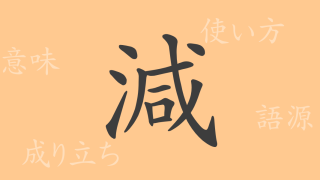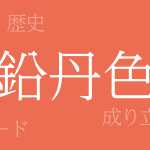The changing landscapes of Japan’s four seasons offer us a palette of diverse colors. Among these, the traditional and historical color “Ou-ni (おうに)” symbolizes the deep flavors of Japanese culture. This article explores the allure of Ou-ni, delving into the meanings and history behind this hue and its applications in modern times.
About Ou-ni (おうに)
Ou-ni (おうに) is a warm, reddish-yellow, a traditional Japanese color beloved throughout history. It resonates with the colors of nature, particularly autumn leaves and matured grains, symbolizing abundance and maturity. This color has been employed in various Japanese crafts, paintings, and kimono, reflecting its deep cultural significance.
History of Ou-ni
The history of Ou-ni dates back to ancient times, with evidence of its use during the Nara period. During the Heian period, it was integrated into the attire and culture of the aristocracy, playing a crucial role in shaping Japanese color sensibilities. By the Edo period, Ou-ni had become widely used among the populace and was frequently depicted in artworks such as ukiyo-e.
Color Codes for Ou-ni
In digital and web design, Ou-ni is represented by the following color codes:
- HEX: #EE7948
- RGB: R:238 G:121 B:72
- CMYK: C:6 M:66 Y:71 K:0
Western Name for Ou-ni
The Western name for Ou-ni is “Persimmon,” named after the color of persimmon fruit, which it closely resembles. Its warm, soothing shade is popular in various fields such as interior design and fashion in the West.
Summary on Ou-ni
Ou-ni represents one of the traditional colors woven from Japan’s nature and culture. Its history and hue are closely tied to the aesthetic perceptions of the Japanese people and are being revalued in various design fields today. Even in the digital age, using the color codes for Ou-ni allows us to express Japan’s traditional colors. This warm color evokes serene emotions in viewers and continues to convey Japan’s traditional beauty to the modern world.

























